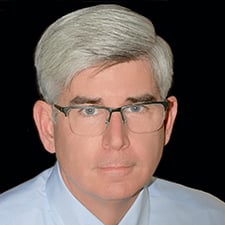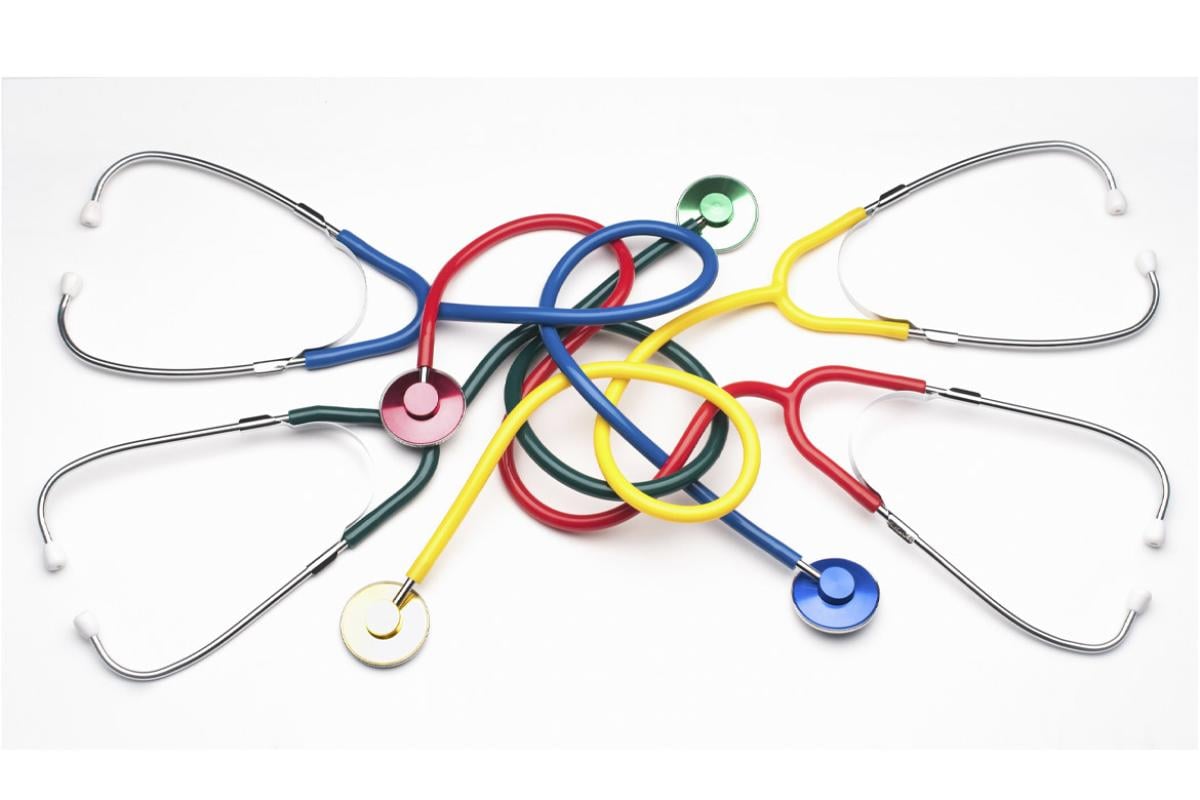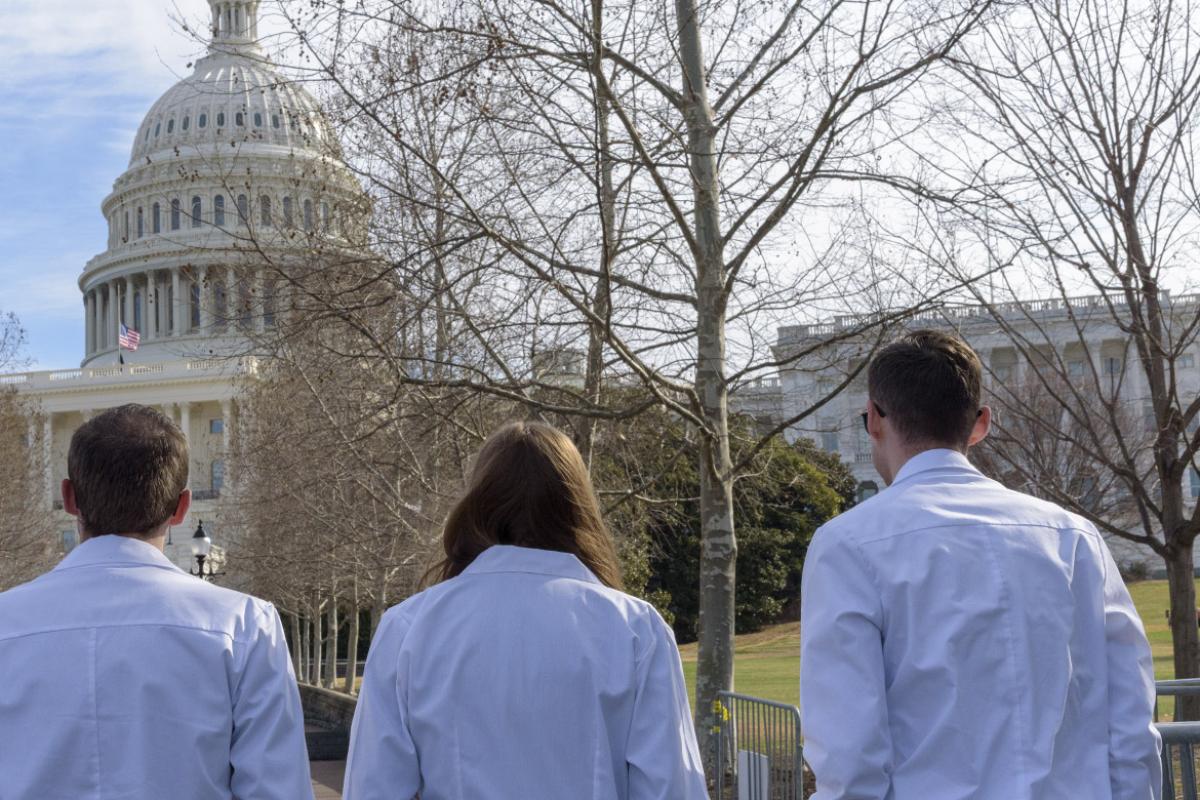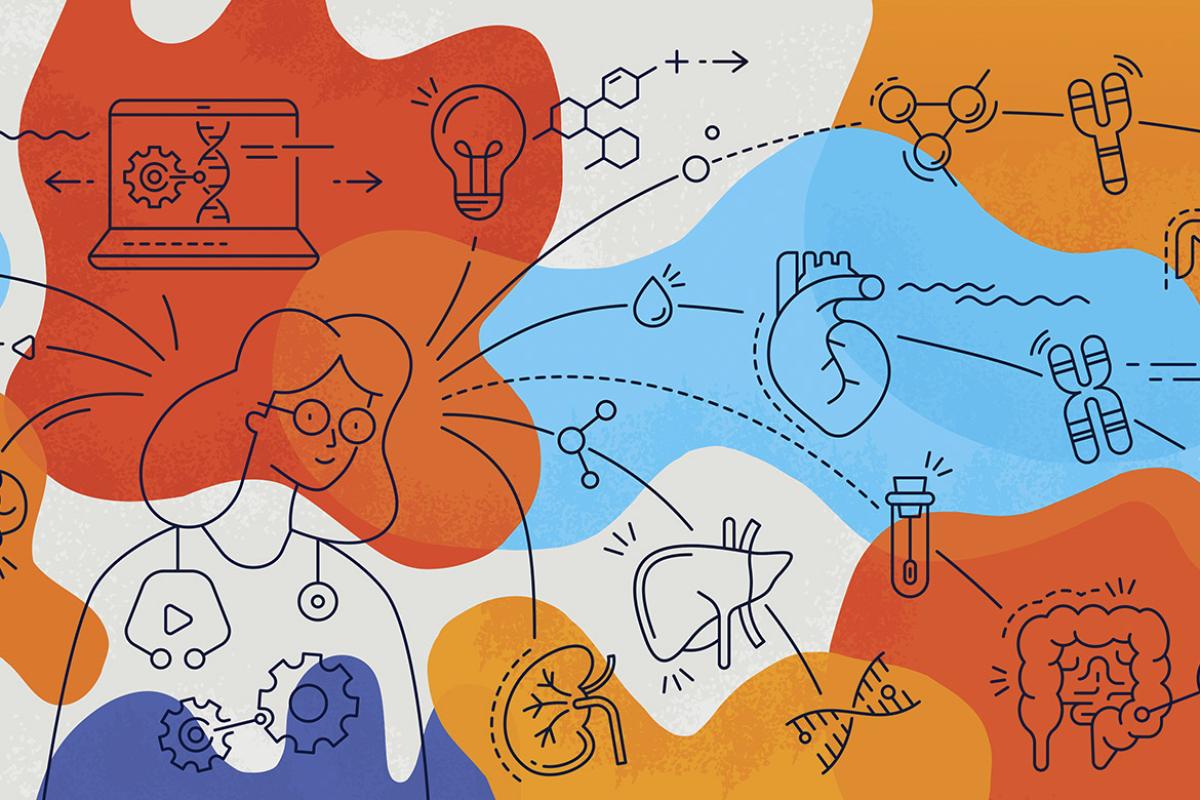As a medical student, do you ever wonder what it’s like to specialize in forensic pathology? Meet AMA member James R. Gill, MD, a forensic pathologist and a featured physician in the AMA’s “Shadow Me” Specialty Series, which offers advice directly from physicians about life in their specialties. Check out his insights to help determine whether a career in forensic pathology might be a good fit for you.
The AMA’s Specialty Guide simplifies medical students’ specialty selection process, highlight major specialties, detail training information, and provide access to related association information. It is produced by FREIDA™, the AMA Residency & Fellowship Database®.
Learn more with the AMA about the medical specialty of forensic pathology.
“Shadowing” Dr. Gill
Specialty: Forensic pathology.
Practice setting: State medical examiner’s office.
Employment type: State government.
Years in practice: 25.
A typical day and week in my practice: Most forensic pathologists work as medical examiners (or in a coroner jurisdiction) to investigate sudden, suspicious and unnatural deaths such as homicides, suicides or accidents. This is done by performing autopsies. Since the types of deaths can vary so much, there is no "typical" day.
One never knows what will come across your autopsy table. The structure of a typical day includes performing autopsies—usually for a few hours—and then doing office work such as finishing up autopsy reports or other administrative duties. Some days it is only office work, or it may include testifying in court. The number of autopsies is limited to three a day per medical examiner and usually the autopsies are done by early afternoon.
If it is a homicide, the police may attend the autopsy. The findings are dictated and the next day the transcribed report is completed. Once all the information that is needed to certify the death—toxicology results, police reports, microscopic slides—is available, the autopsy report will be finalized. The death certificate also will be finalized.
A typical week is 40 hours and includes being on the autopsy service for two or three days and then the other days are "paper" days which is office time to finish reports. Our medical examiners work one weekend a month to cover the autopsy service. A few times a month, there also is night call from home. We have investigators who handle the scene investigations 24/7/365.
The most challenging and rewarding aspects of forensic pathology: There are several "patients" that we "care" for as forensic pathologists. The first is the decedent. The goal of this relationship is to determine why they died. Is it a natural death or is it due to trauma or an intoxication? Is it a homicide, suicide or accident?
Although the dead cannot speak in the conventional sense, their bodies speak in other ways. The forensic pathologist is the trained expert who is fluent in this language. It can be challenging to determine the cause of death and to properly certify the death.
The other patients who we care for are the decedent's next of kin. Forensic pathologists are bereavement physicians and help families understand the death—what happened? Why did they die? Did they suffer? This can be challenging because it is a very emotional time for the family.
The third group of our patients are the general public. If we diagnose a communicable infection (such as bacterial meningitis) or a faulty device that caused an electrocution, we share that information to prevent other deaths. We are challenged by these deaths because if we miss one, other people may die as a result. A medical examiner's "patient practice" is everyone, alive or dead, in their jurisdiction.
My favorite part is trying to figure out what happened—why did this person die? It also is rewarding to be able to speak with families to help answer their questions about what caused the death, which helps with their bereavement process.
How life in forensic pathology has been affected by the global pandemic: Most offices have seen an increase in work. Some of this is managing the reporting of COVID-19 deaths, but others are related to increases in homicides and drug intoxication deaths. These increases may be indirectly linked to the pandemic.
The other challenge that many offices have faced are body storage issues, supply challenges and over-work. There is a workforce shortage in forensic pathology. This has resulted in increased salaries and for the federal government to propose student loan forgiveness for physicians who become forensic pathologists.
We continue to do our work as usual. Busy workdays and overtime hours can take a toll and so it is important to consider work stress and look for ways to release it. Colleagues and family are strong sources of support.
The long-term impact the pandemic will have on forensic pathology: Very little. Medical examiner and coroner offices continued to operate regardless of external factors. As long as people die, there will be a need for investigation of them. There are no elective forensic autopsies.
Three adjectives to describe the typical forensic pathologist: Inquisitive, empathetic and objective.
How my lifestyle matches, or differs from, what I had envisioned: Although death occurs 24/7/365, forensic pathologists typically have standard 9 a.m. to 5 p.m. work hours. There is a fair amount of flexibility in the specialty since we have very few emergencies.
Having spent some time at a medical examiner's office in medical school, I was able to see what it is like to be a medical examiner and so my expectations were met. Given our work in public health, forensic pathologists are gaining greater respect among our medical colleagues who are now recognizing the important work that we do.
Skills every physician in training should have for forensic pathology but won’t be tested for on the board exam: Being able to integrate the circumstances of death and autopsy findings to determine why the person died and to use that information to write a competent death certificate.
One question physicians in training should ask themselves before pursuing forensic pathology: Do they want to use their hands and minds to practice a unique form of medicine that involves performing autopsies, serving families, and assisting the public health and criminal justice systems?
Books every medical student interested in forensic pathology should be reading: Zumwalt’s Forensic Pathology, by Ross E. Zumwalt, MD, because it uses 50 case studies to demonstrate the approach to death certification, investigation and autopsy.
For pleasure reading there are two. They are:
- Coroner, by Thomas T. Noguchi, MD, and Joseph DiMona. The former chief of the Los Angeles coroner's office explores unanswered questions surrounding a variety of well-known deaths.
- Postmortem, by Patricia Cornwell, is a novel about a woman forensic pathologist in Virginia.
The online resource students interested in forensic pathology should follow: The website of the National Association of Medical Examiners (NAME), which is the professional society of forensic pathologists.
Quick insights I would give students who are considering forensic pathology: Spend a day at your local medical examiner or coroner office. If you like it, do a rotation. NAME can help facilitate such a visit.
Mantra or song to describe life in forensic pathology: Forensic pathologists practice medicine in the finest tradition of preventive medicine and public health by making the study of the dead benefit the living.




